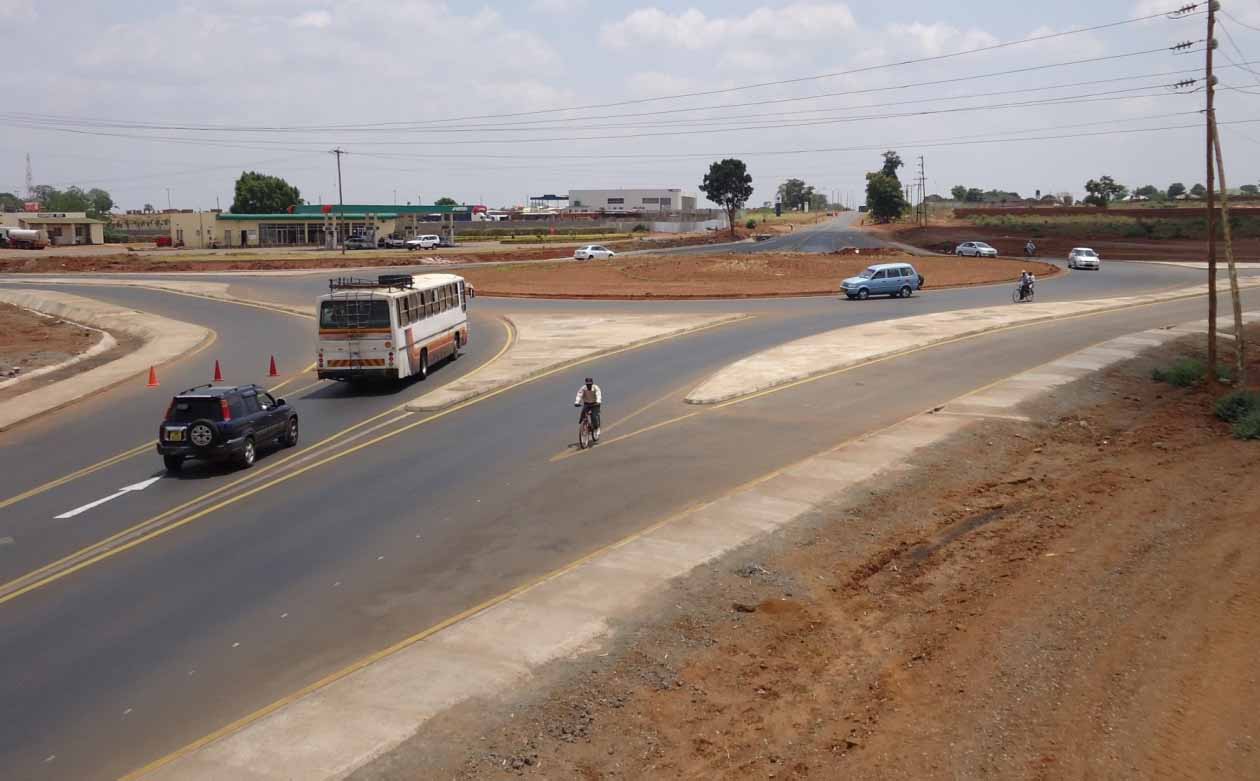
Mining & Trade News
Malawi Online News
Top Stories
Transport
Japan to finance construction of Lilongwe dual carriage way
January 20, 2020 / Edith Chirwa

The Japanese Government will finance the long awaited construction of a dual carriage way from Lilongwe Hotel to Lali Lubani Road Junction.
CEO for Lilongwe City Council John Chome says in a statement that the Council in conjunction with the Ministry of Transport and Public Works and the Roads Authority have started the process to remove structures, trees and relocation of services such as water pipes, sewer lines, Electricity Supply Corporation of Malawi (ESCOM) poles, street light poles and telecommunication cables, that are in the path of the road expansion project.
The Government wants to turn the section of the M1 road in the city of Lilongwe into a dual carriage way in order to overcome the problem of traffic congestion in the Capital City.
The plan to construct of the dual carriage way comes after Government completed the construction of the Lilongwe City West By-Pass road, which was constructed with financing from the African Development Bank with a similar aim of reducing congestion in the City.
The Japanese Government also financed the expansion of the Chipembere Highway in Blantyre into a dual carriage way.































